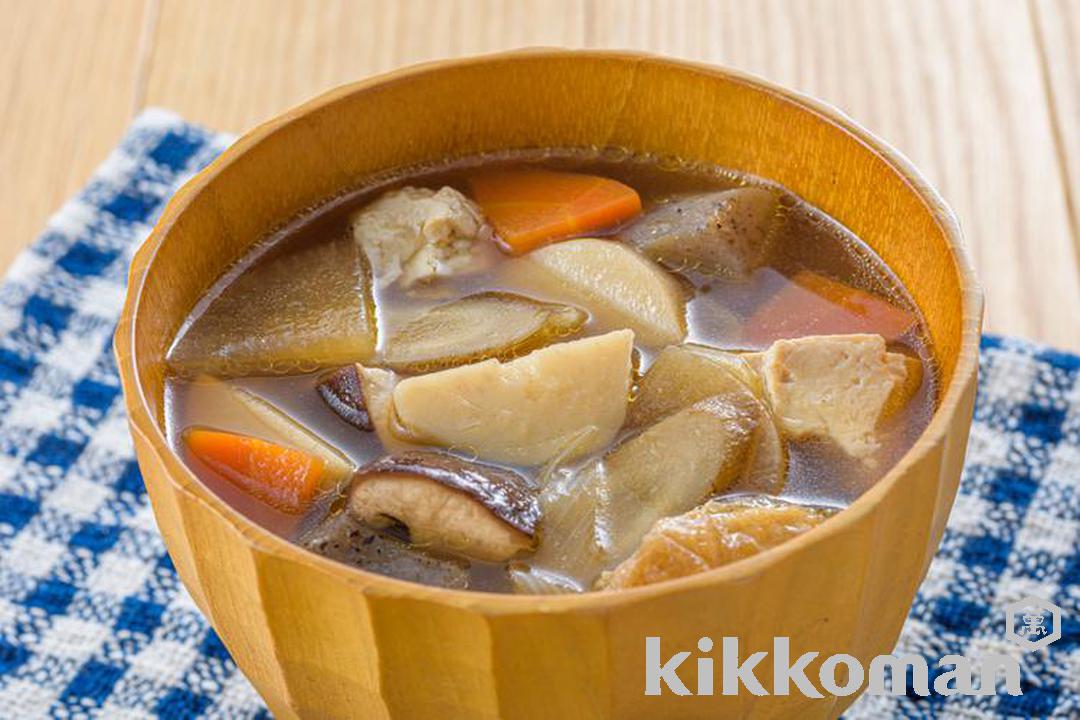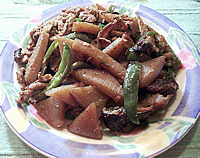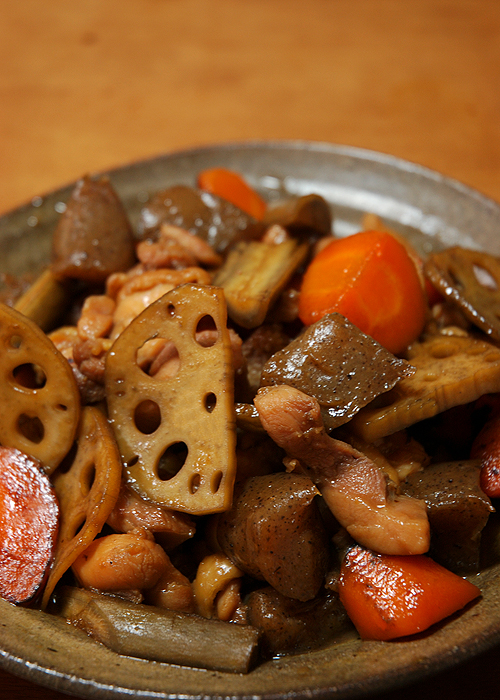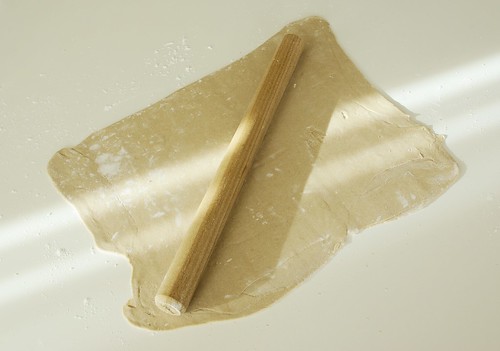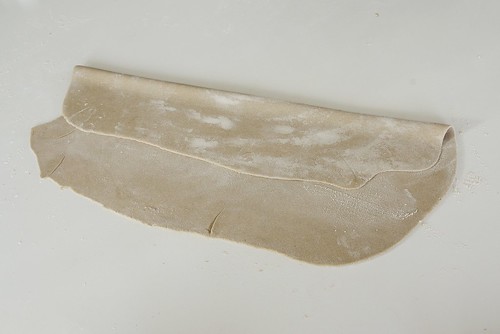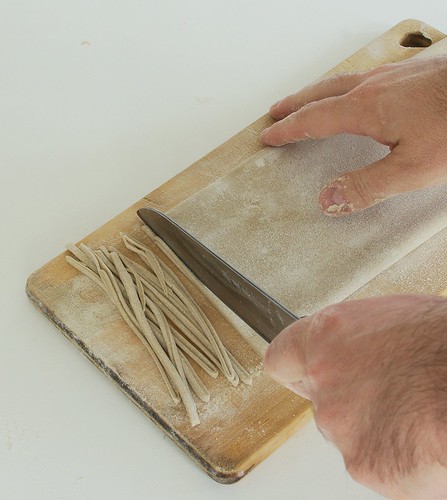Tis the season for lots of fresh greens! I noticed today that wasabi leaves are officially on the market, a specialty of the prefecture I live in. Wasabi leaves are similar to arugula in that they have a bit of a spicy bite to them but they're not as bitter as arugula. If you can't find wasabi leaves in your local market arugula makes a decent substitute. Of course you could always try growing your own wasabi if your area is wet enough!
How to Prepare
Personally I'm not a fan of how wasabi leaves are usually prepared in Japanese cooking, stewed to hell and back. Instead I go for the fresh approach; chop them up and throw them in a salad or wilt them in a pasta. Just make sure to rinse them before you eat them.
Easy Wasabi Leaves Recipe
This recipe is as easy as it gets, seriously!
Pan Seared Salmon with Wasabi Leaves
Makes 2 servings
Prep Time: About 30 minutes
Ingredients:
- 2 salmon fillets
- lemon juice from 1/2 a lemon
- 1.5 tablespoons olive oil
- salt and pepper
- 2 sprigs fresh dill, chopped (optional)
- 3 cups wasabi leaves, chopped
- 2/3 cup cherry tomatoes, halved
- 1/4 cup thinly sliced red onion
- 1 tablespoon olive oil
- 1 tablespoon balsamic vinegar
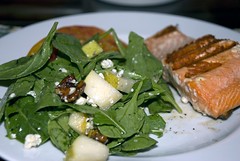
Preparation:
1. Toss salmon with lemon juice, olive oil, salt, pepper, and dill. Marinate 15 minutes.
2. Cook salmon, skinside down, in a frying pan over medium high heat for 2-3 minutes. Make sure to carefully lift the salmon from the pan from time to time to keep it from sticking.
3. Reduce heat to medium. Cover the pan and cook the salmon for another 3-4 minutes, or until it's cooked to your liking. I usually cook my salmon medium rare; cook it a bit longer and it will be medium.
4. While salmon is cooking, toss wasabi leaves, tomatoes, and red onion together. Just before serving, toss with olive oil, vinegar, and salt and pepper to taste.
5. Place salad on plate. Top with salmon. Serve with brown rice or some sort of pasta.
6. Finished!










